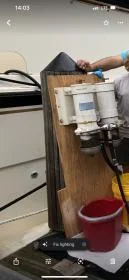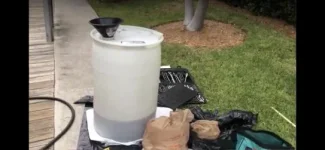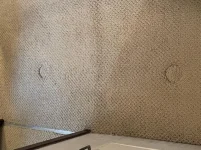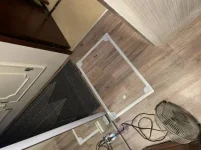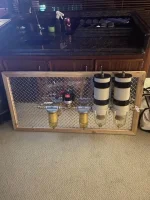skinners1
Active member
- Joined
- Aug 28, 2021
- Messages
- 81
- Status
- OWNER - I own a Hatteras Yacht
- Hatteras Model
- 61' MOTOR YACHT (1980 - 1985)
A little background:
1985 61' MY w/ 12v71s
Purchased vessel in 2022. Have dual 1000 racors on each engine.
According to PO he never utilized the forward fuel tank, always ran on aft tank. He owned the boat for 6 yrs. Don't know why he didn't alternate.
Fuel gauge shows full in forward tank. IF there is fuel in there it is at least 7 years old. No gauge at helm, only in floor, Impossible to remove gauge and stick it as PO also covered hatch access when replacing floor other than a small hole to visually see gauge.
I am exploring as to a solution that would allow me to utilize the tank, or simply just continue using aft tank.
Option 1 - Run the fuel thru the existing racors and clean as often as necessary to polish the fuel myself (seems risky?)
Option 2 - Locate a reputable company to polish the fuel while the boat is still at the dock. (I am at the end of a T and a very long way from gate access) Haven't located a service in my area (N Myrtle Beach, SC) yet that has water access. (seems expensive$$?)
Need advice from the "Brain Trust" Thanks
1985 61' MY w/ 12v71s
Purchased vessel in 2022. Have dual 1000 racors on each engine.
According to PO he never utilized the forward fuel tank, always ran on aft tank. He owned the boat for 6 yrs. Don't know why he didn't alternate.
Fuel gauge shows full in forward tank. IF there is fuel in there it is at least 7 years old. No gauge at helm, only in floor, Impossible to remove gauge and stick it as PO also covered hatch access when replacing floor other than a small hole to visually see gauge.
I am exploring as to a solution that would allow me to utilize the tank, or simply just continue using aft tank.
Option 1 - Run the fuel thru the existing racors and clean as often as necessary to polish the fuel myself (seems risky?)
Option 2 - Locate a reputable company to polish the fuel while the boat is still at the dock. (I am at the end of a T and a very long way from gate access) Haven't located a service in my area (N Myrtle Beach, SC) yet that has water access. (seems expensive$$?)
Need advice from the "Brain Trust" Thanks

